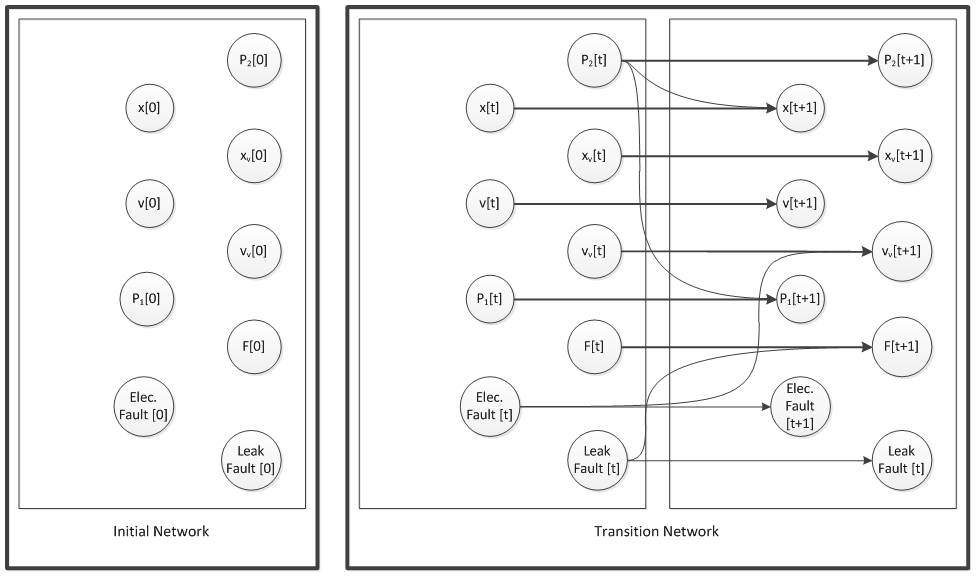Overview: High system complexity, lack of observational data, cumbersome models, and many incompatible information types all contribute to a scarcity of usable knowledge about a system and pose a challenge for diagnosis and prognosis, risk and reliability analysis, and decision-making. To perform these tasks in an environment of limited useful knowledge, all available information known about a system must be leveraged, such as information from multiple sources and in varying formats such as time series data, published failure rates, existing subsystem limit state models, and expert opinion. In this project, a methodology is being developed for incorporating heterogeneous information into diagnosis and prognosis, risk and reliability analysis, and decision- making. Methodology: System models may not be adequate due to an incomplete understanding of the system, limited observational data about the system, or the cost of using the model. A system is composed of multiple components, and in many cases the interactions between individual component behavior may not be known. Even among individual components, some components may have mathematical models available, some may only have reliability or failure rate data, and some others may have only expert opinion about their behavior. The process for developing a system model in such situations includes learning a model from training data and leveraging heterogeneous information. Using a Bayesian network framework for model learning allows for systematic integration of various types of data as they become available, and is able to update the probability distributions of the system variables as well as the conditional probability relationships among them.

Figure 1. Dynamic Bayesian network for spool valve and hydraulic actuator system.